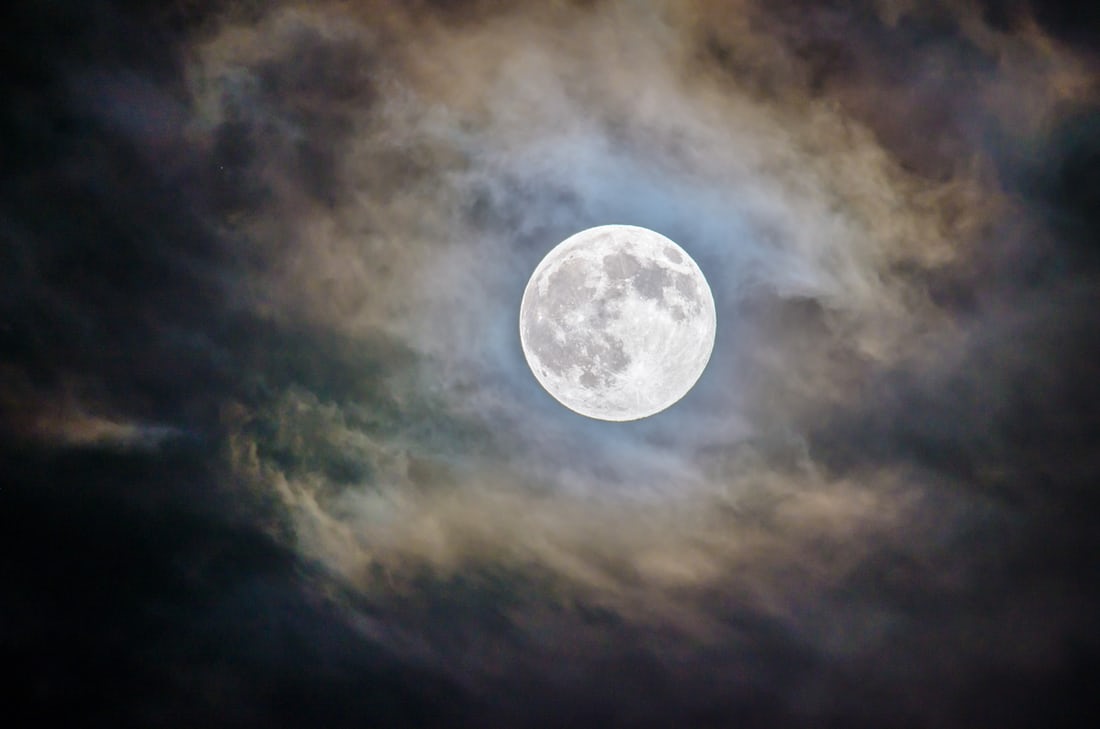Scientists intend to form an underground lunar ark embedded in a network of tubes on the moon, packed with millions of seed, spore, sperm, and egg specimens from Earth’s animals, to provide a genetic replacement for the world in the event of a doomsday scenario.
Researchers at the University of Arizona have suggested an ark for 6.7 million Earth animals, called a “new global insurance program,” that will be cryogenically frozen and buried underneath the moon’s crust in a network of caves and tunnels.
They claimed that the vault could preserve genetic resources in the event of “complete annihilation of Earth,” which would be caused by a significant reduction in biodiversity — but any plans to construct such a bunker are still years away.
In a statement, a scientist said, “As humans, we had a close call about 75,000 years ago with the Toba supervolcanic eruption.”
He continued, “which triggered a 1,000-year cooling cycle which, according to others, corresponds to an expected reduction in human diversity. Since human civilisation has such a huge footprint, if it were to crumble, it might have a negative cascading impact on the rest of the world.”
On Earth, equivalent “doomsday vaults” exist: the Global Seed Vault is situated on a small island in Svalbard, an archipelago located between Norway and the North Pole, and holds just under 1 million seed samples.
The team from the University of Arizona claims their idea could save life on Earth in the event of the planet we call home is lost, according to a paper published earlier this month.
The project is reliant on advances in cryo-robotics technologies, according to the researchers. To be cryopreserved, seeds must be cooled to minus 292 degrees Fahrenheit, while stem cells must be held at minus 320 degrees Fahrenheit. However, the team warns that at such temperatures, the base’s metal parts can freeze, jam, or cold-weld together.
Researchers are still unsure how a lack of gravity could impact stored seeds or how to interact with a base on Earth.
In 2013, scientists discovered a network of 200 lava tubes underneath the moon’s crust, which emerged billions of years ago when waves of lava eroded into the soft rock to create underwater tunnels.
The cylinders, which are 100 meters (328 feet) in diameter, could provide the ideal protection for the valuable cargo, shielding it from solar radiation, surface temperature changes, and micrometeorites, according to scientists.
The underground ark, which would be powered by solar panels, would be reached through elevator shafts that would lead to a storage facility for cryogenic preservation modules.
According to scientists, transporting approximately 50 samples from each of the 6.7 million animals to the moon will take 250 rocket launches. On the moon, and construction for a different mission is already planned.
